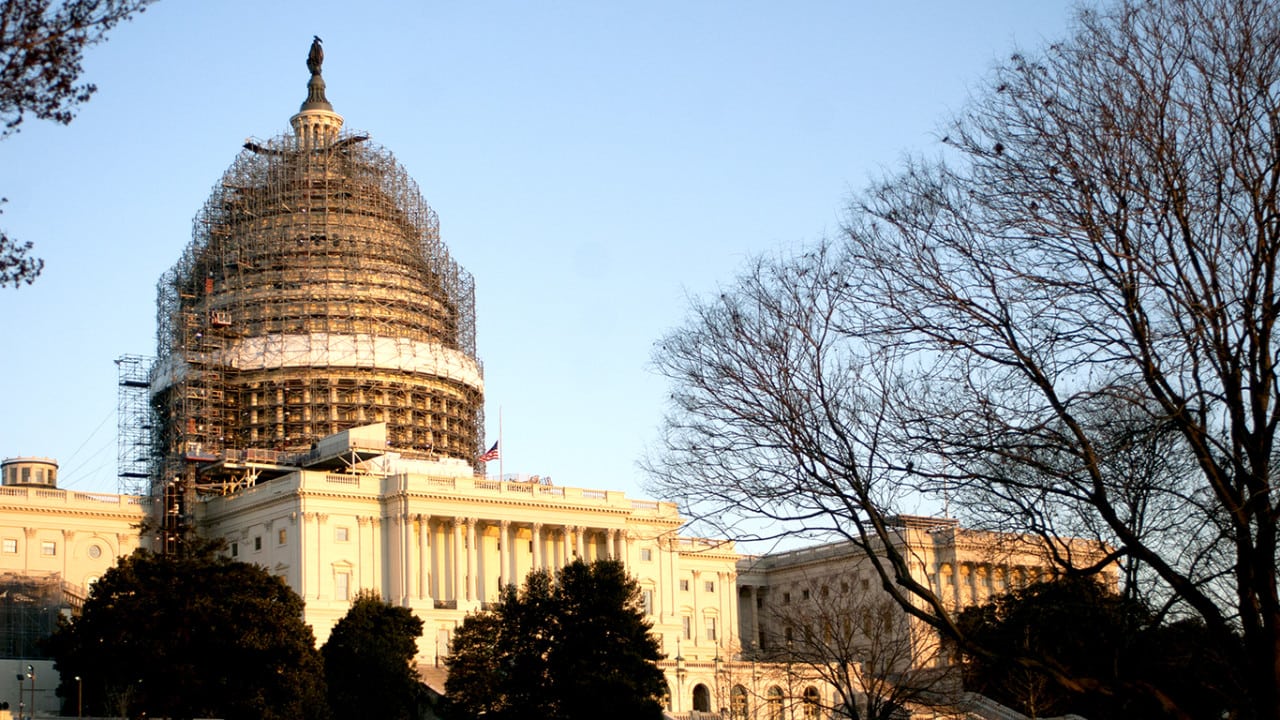
A bill that would eliminate the Chevron deference, a judiciary practice by which courts defer to the interpretation of a government agency in cases of ambiguous statutory meaning, is scheduled to hit the House floor this week. However, it remains uncertain what effect the legislation would have on existing legal challenges, such as that against the Environmental Protection Agency’s Clean Power Plan.
“The first question would be whether this bill even applies to the Clean Power Plan, because there is already a pending judicial proceeding going on and it’s not clear to me that this bill applies retroactively to legal challenges that are already pending,” Richard Revesz, director of the Institute for Policy Integrity at the New York University Law School, told GHG Daily on Monday. “That might be a decision for the courts to make.”
The Separation of Powers Restoration Act would leave it up to judges to decide the meaning of ambiguous statutes, not agencies as is the case under the Chevron deference.
Opponents of the Clean Power Plan, which sets carbon emissions standards for existing coal-fired power plants, are arguing in a federal lawsuit that EPA does not have the authority to regulate carbon from such facilities under Section 111(d) of the Clean Air Act because existing coal-fired power plants have already been regulated for different pollutants under Section 112. The Clean Air Act says a source cannot be regulated under both sections.
EPA has interpreted the Clean Air Act to mean a source cannot be regulated for the same pollutant under both sections, not that the source itself cannot be regulated under both sections, and argues that the court should accepts its interpretation under the Chevron deference.
If the bill does become law and the court decides it would apply retroactively to the CPP case, that still doesn’t necessarily put the nail in the coffin of the regulation, according to Revesz. “If the court determined that it did apply to the Clean Power Plan, it would mean that the court will decide whether this regulation is consistent with the statute without giving deference to EPA’s interpretation,” he said, noting that court might nonetheless agree with the agency’s position on the statute.
The lawsuit against the CPP, which pits 27 states and numerous utilities, trade organizations, and interest groups against the EPA, was filed in October 2015, and briefs for the case have already been submitted. Oral arguments are scheduled for September in the U.S. Court of Appeals for the D.C. Circuit.
Of course, the argument over the Chevron deference is moot in this case unless the bill is signed into law, which seems unlikely in the current administration, Revesz said. “I wouldn’t be betting on this bill becoming a law. But were it to become law, it is not clear at all to me that this bill would even apply to the legal challenge to the Clean Power Plan,” he said.
Rep. John Ratcliffe (R-Texas), co-sponsor of the House bill, was singing a different tune Monday, saying in a statement to GHG Daily: “My colleagues on both sides of the aisle might not always agree on which agencies’ actions are right or wrong, but the separation of powers isn’t a Republican or Democratic issue. When it comes down to it, any president who agrees that having three co-equal branches is vital and essential to preserving democracy should support signing the Separation of Powers Restoration Act into law,”
A Senate version of the bill was introduced in March and has been referred to the Committee on the Judiciary.